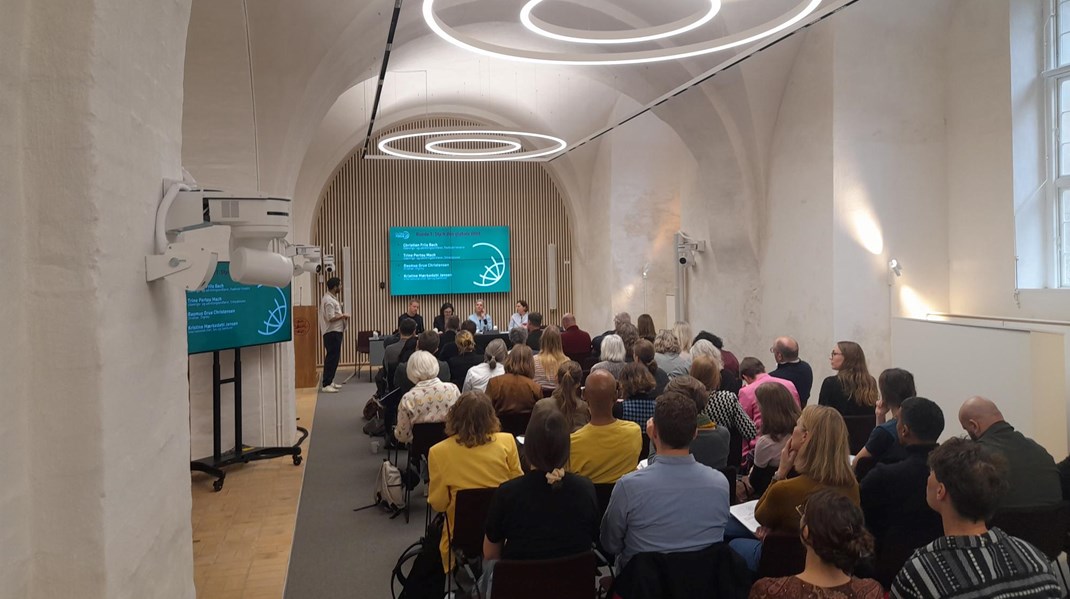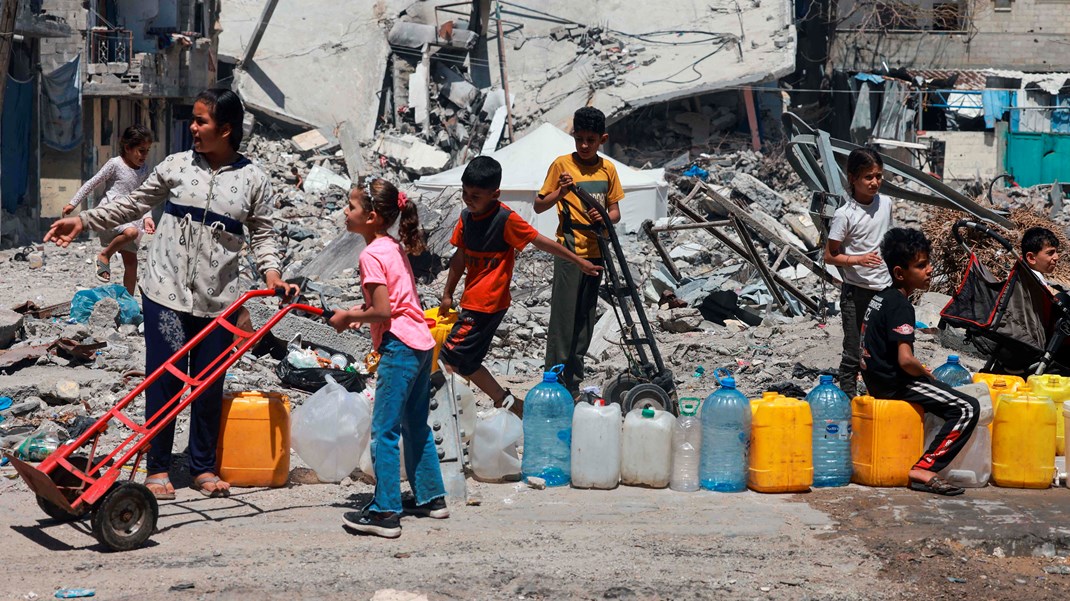Central African Republic could reach 500,000 displaced by end of May if violence continues
Bangui, 25 th May 2017 – Violence has struck again the city of Bria, in the Central African Republic. From 15 to 18 May, due to clashes of unprecedented violence between rival armed groups, the city was emptied of its population. Out of the 47,500 inhabitants in Bria, 41,409 people have been forcibly displaced. Within few days, at the quest of security, the population flooded in an uninterrupted stream towards seven main spontaneous IDP sites. Among them, the site created in the vicinity of the MINUSCA base is the largest and to date shelters a total of 23,969 people. The newly displaced add up to 3,000 people who were already on the site since the upsurge of violence of 21 November 2016. Since December 2013, the Central African Republic had not experienced such a massive displacement of population.
Faced with this worrying situation, the Minister of Social Affairs and National Reconciliation, Virginie Baikoua, and the Humanitarian Coordinator in the Central African Republic, Najat Rochdi, expressed their concern at “this new outbreak of violence where civilian people are paying the highest cost”.
With the emergence of an ethnic dimension to the conflict, hundreds of houses were burned, property looted and ransacked.
Faced with the plight of those who have left everything behind and now are lacking everything, the humanitarian community responded to their lifesaving needs in the first few days following the clashes. However, due to the large number of displaced people, the stocks have quickly diminished.
On the sites, during the rainy season, the most urgent need is the availability of shelters. Food is also an emergency. Shelters and food rations have been convoyed from Bangui and Bambari to Bria, but insecurity and the poor conditions of roads have delayed their arrival. The humanitarian community is also working to meet the needs in terms of supply of drinking water and sanitation. Indeed, promiscuity and poor hygiene are factors favoring the spread of diseases. It is the case of the Hospital where the displaced are in contact with contagious diseases on a daily basis. Not all districts of Bria were ransacked, but the prevailing insecurity, the fear of violence and reprisals forces the displaced to remain in the hostile environment of the sites.
Aware of the seriousness of the situation in Bria, Virginie Baikoua and Najat Rochdi are already advocating for enhanced security in the neighborhoods that have not been looted in order to encourage the return of the displaced and to decongest the sites. This advocacy includes increased protection for communities at risk specifically targeted by the violence.
Given the magnitude of the crisis and its widespread humanitarian consequences in Bria, the Minister of Social Affairs and the Humanitarian Coordinator alerted on the risks of a spread of violence. “The resurgence of the last outbreaks of tension in the past two weeks has caused the displacement of about 100,000 people, 200 wounded and 300 dead. In addition, burned-down houses, plundered food supplies and goods are all new needs that the humanitarian community will have to meet while financial resources are stagnating,” they recalled.
In addition to the violence in the past two weeks, since January 2017, the number of displaced persons has been on an upward trend, rising from 402,240 to 440,000 between March and April. If the violence continues, the Central African Republic could reach the 500,000 displaced by the end of May. Such a massive population displacement had not been observed since December 2013 at the height of the crisis.
This emergency comes at a time when the humanitarian community is responding to other crises such as Bangassou or Alindao, where 14,814 and 14,293 displaced people are more dependent than ever on humanitarian assistance. Virginie Baikoua and Najat Rochdi pointed out that “a multiplication of hot spots and needs could lead to a large-scale crisis, the consequences of which could be more serious than in 2013 as the humanitarian response in the CAR is still largely underfunded”. Halfway through the year, funding for the 399.5 million dollars Humanitarian Response Plan is only at 64.8 million.


